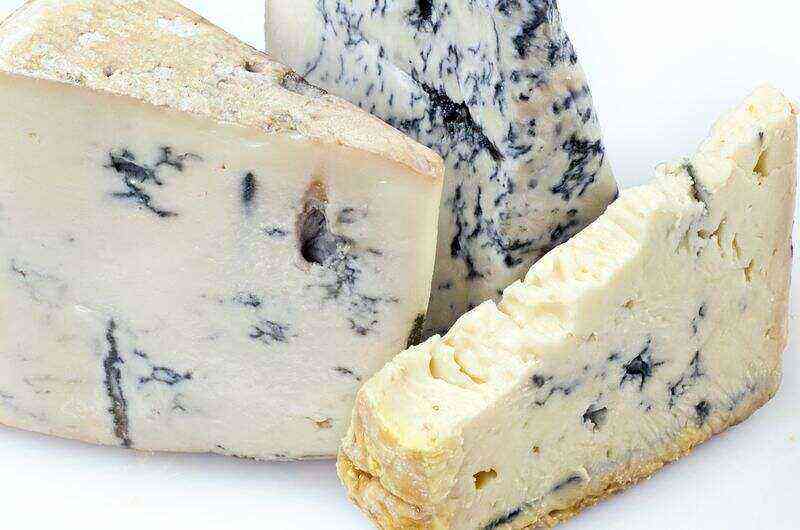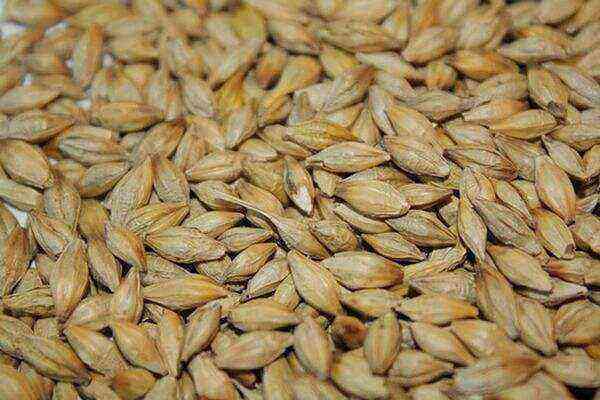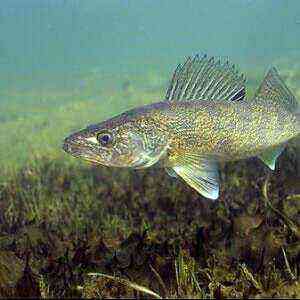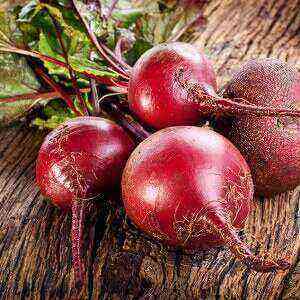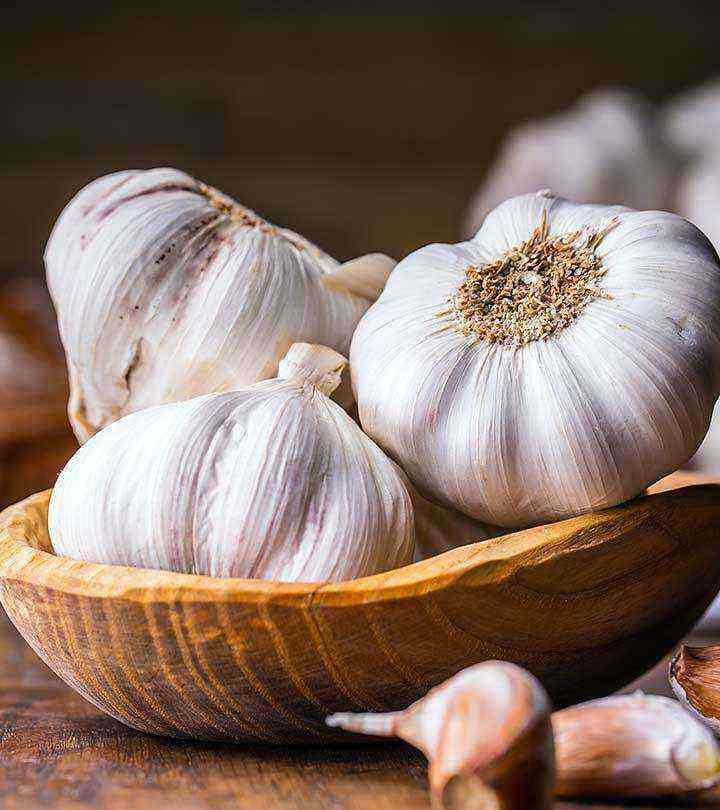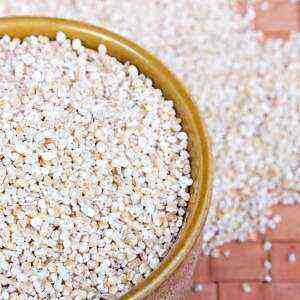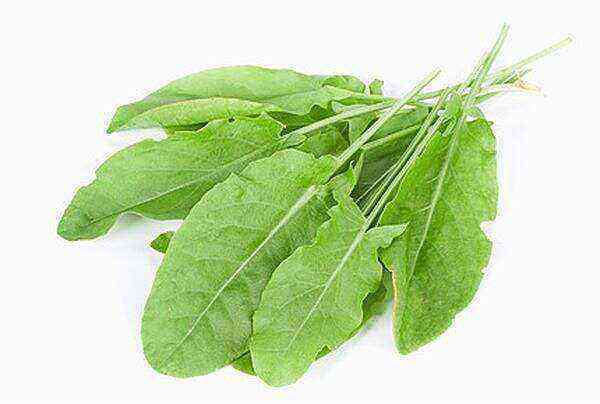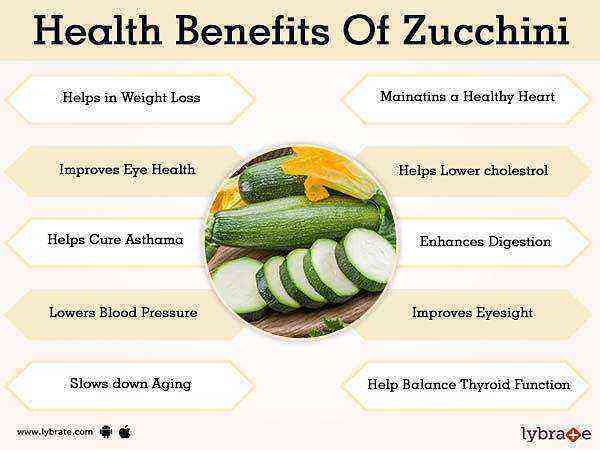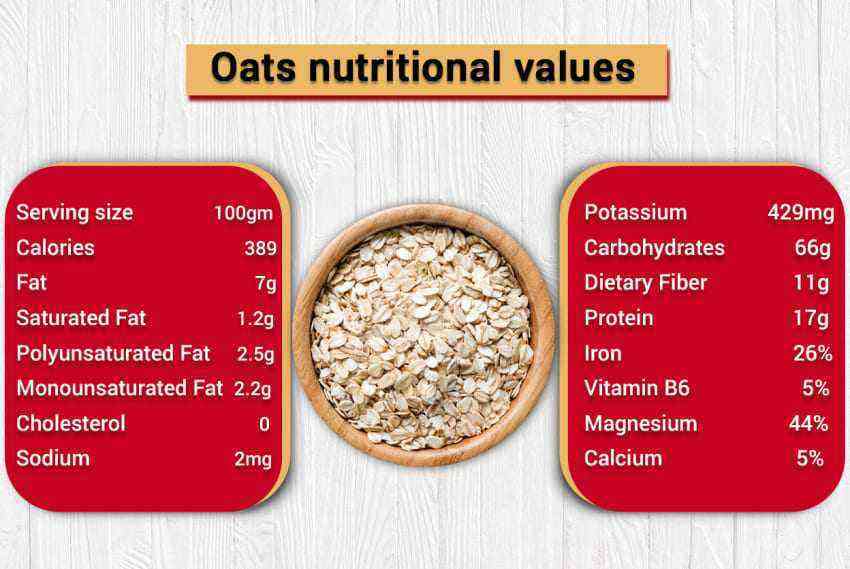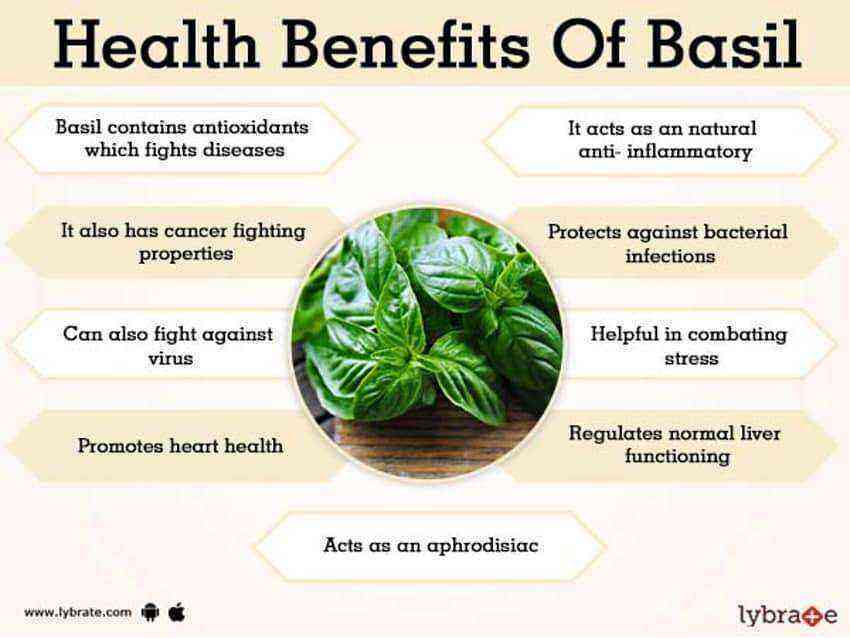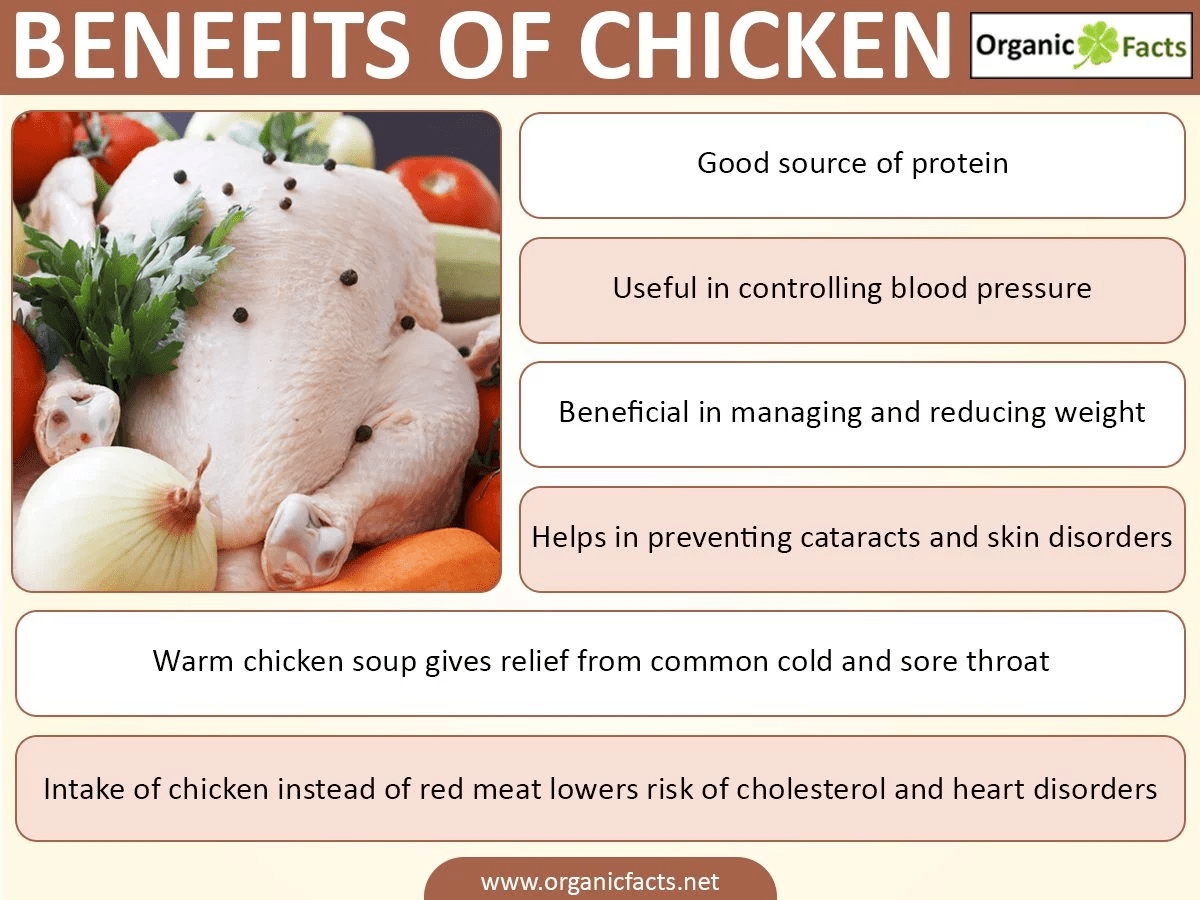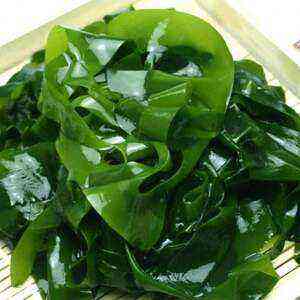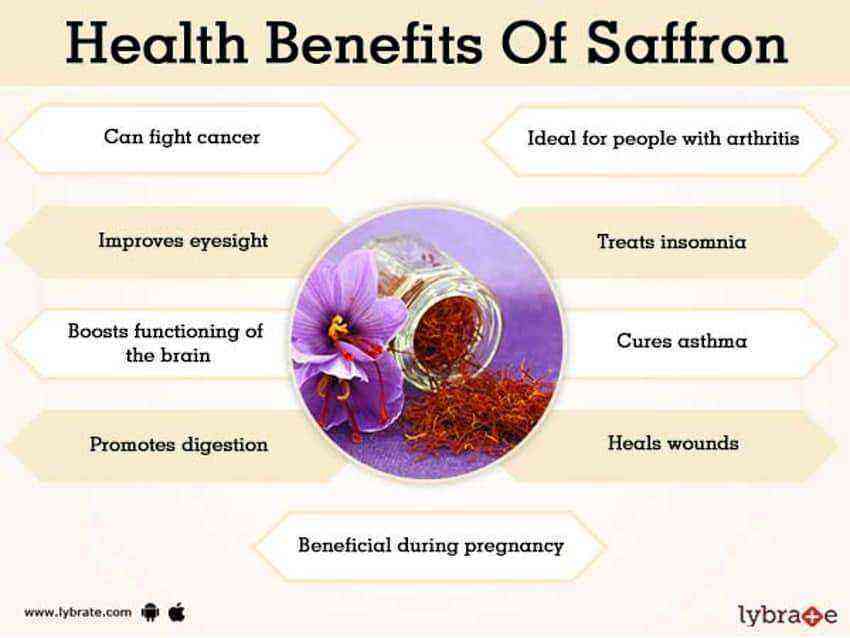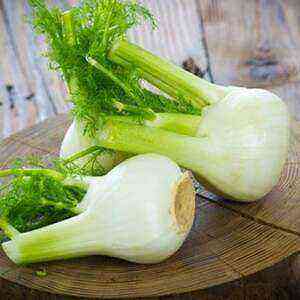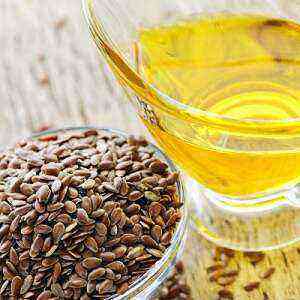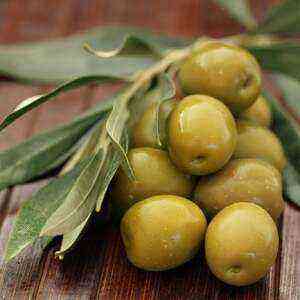
The interest in this product is fueled even more by a question to which few can answer: “What is an olive? Is it a fruit, or a vegetable, or a berry? ” The answers to this question are as controversial as the taste of the product. Some argue that this is a berry or fruit, since it has a seed and grows on bushes or trees. Others argue that it is a fruit or vegetable, because it requires additional processing, after which it acquires its own unique taste.
To find out what olives are, you need to remember the school course of botany. In botany, there is no such thing as berries, vegetables, or fruits — this is only the consumer name for the fruits of flowering plants that are intended to spread the seeds. There are juicy (berries, drupes) and dry fruits (boxes, nuts, pods, achenes, grains). Olives, from a botanical point of view, are pitted, not berries, fruits or vegetables.
Olives or olives: what is the difference
Not fresh fruits of olive trees are known to consumers in the domestic market, but canned products with black or green fruits. This is the reason why the myth that explains why olives are black and olives are green is common among simple uninitiated customers. In their opinion, the difference between olives and olives is that they are the fruits of different types of trees. But it is not.
In fact, the words “olives” and “olives” are Russian-speaking synonyms. To make sure that there is no difference between olives and olives, it is enough to find out which family the trees on which they grow belong. Olives, they are also olives, grow on trees of the genus of olives, the olive family. The word “olives” has Eastern European roots. Throughout the rest of the world, the fruits of these trees are known as “olives”.
It is likely that this confusion with the names of the fruits of olive trees arose due to the current GOST for olives. GOST R 55464-2013 in Russian is called “Olives or olives in filling. Technical conditions ”. At the same time, in the English translation of the GOST names and olives, and olives sound the same – olives, however, adjusted for color. Perhaps that is why in Russia green fruits of olive trees are called olives, and black olives.
What determines the color of olives
The difference in color of the fruit appears in the process of processing before canning. The fruits of the olive tree for conservation collected more green. To preserve them green, it takes several weeks to stand the olives in brine. To reduce the time of harvesting olives, this process is accelerated: they are saturated with oxygen. This process is called oxidation. After that, the olives become coal-black in color, for the stabilization of which they use a preservative, iron gluconate. After this treatment, producers get black oxidized olives, which canned.
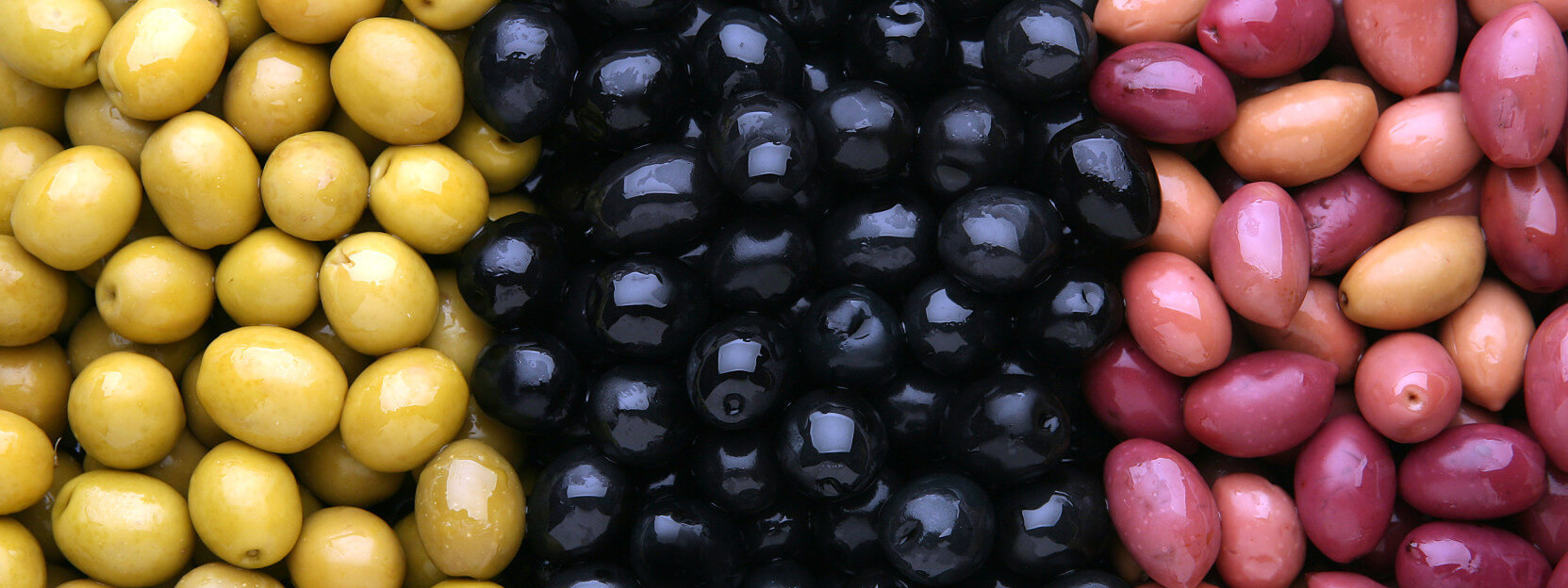
- yellow-green, yellowish, white olives are harvested at the very beginning of their ripening. They are inherently immature;
- pink, red, brown, brown, chestnut color of fruits indicates their partial ripeness. The harvest of such olives is harvested later than green, but earlier than ripe;
- the dark color of olives is a sign of their ripeness and may have different shades: red-black, purple-black, dark-chestnut, purple. But coal-black olives on the trees does not happen.
The main difference of self-ripened olives is that they are always sold with bone. This is explained by the fact that it is impossible to remove a bone from their mature pulp without damaging the pulp itself.
How do olives grow
Olives grow on evergreen olive trees or bushes. In botany, up to 60 species of olive trees are distinguished, but only half of them are of industrial importance.
The main industrial type of olive trees is the olive (olive) is European, one plant of which can produce up to 30 kg of fruits per season. Plants of this species are resistant to high temperatures, and mountain varieties have frost resistance.

Olive trees bloom in April-July. How do olives bloom? The flowers of the olive trees are collected in panicles, which consist of 10-40 white fragrant flowers. After flowering on the branch of the olive tree, fruits appear, similar to small plums. Olive is an oval-shaped drupe up to 4 cm long and up to 2 cm in diameter. The color and weight of the fruit depends on its variety and degree of ripeness. Fruit color can range from light green to deep purple. The pulp is elastic, oily, the skin is dense, with a waxy surface. For the first time, olive trees begin to bear fruit after 20 years, bearing fruit once every two years.
Olives are harvested after 4-5 months after flowering trees. Olives ripen from November to January. But harvest time often depends not on the time when olives ripen, but on the variety and method of harvesting and processing of olives. If they are used for canning or making oil with green, they are collected on 1-2 a month before they mature.
Green fruits are usually harvested by hand, because they themselves do not fall away from the stem. Ripe olives are often shaken onto a previously spread net under the trees. After collecting the olives as soon as possible sent for processing. Any delay in this process adversely affects the quality of the final product.
Where do olives grow
Today olive trees cultivate:
- in the countries of the Mediterranean (in Spain, Italy, Greece, France, Turkey);
- in the Maghreb countries (in Tunisia, Morocco, Algeria, Libya);
- on the Black Sea coast (in the Crimea, in Bulgaria, Georgia, in Abkhazia);
- in the countries of Asia Minor and the Middle East (in Israel, Iran, Turkmenistan, Azerbaijan);
- in the north of India;
- in Australia;
- in Mexico and Peru.
The cultivation of olive trees in these countries are engaged in both large producers and small farms.
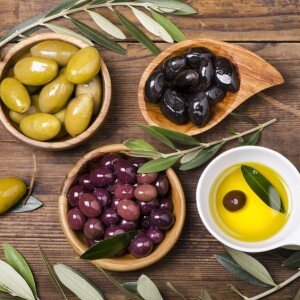
Olive varieties
Breeding method is derived to 250 varieties of cultivated species, European olives. The fruits of its different varieties differ in color, size, taste and oil content in them. Varieties of olives are:
- canteens, which contain a lot of pulp, so they are used for pickling, canning and other methods of harvesting;
- Oilseeds, which contain many oils, therefore, they are used for the manufacture of olive oil;
- universal.
On modern shelves you can find many varieties of olives, having a diverse origin. Commercially produced olives are grown in Spain, Italy, Greece, France, Turkey, Cyprus, Tunisia, Morocco, and Israel.
Spanish olives
The leader in the production of olives and products from them in Europe and the world is Spain. About 50% of all exported olives worldwide is accounted for by Spanish producers.
The most popular cultivar cultivated in Spain is Picual, which translates as “nipple”. It is a versatile variety of olives, but is more commonly used to make oil. Olive trees of this variety are grown in the mountains and on the plains, while the fruits grown in different areas differ significantly in taste.
Ochiblanka and Casarenya varieties are famous for their small black fruits with soft juicy pulp, from which the bone is easily separated. These are the best olives for canning.
Italian olives
In Italy, olives are one of the main ingredients of many dishes. Vittoria is a popular Italian Italian green olives of gigantic sizes in the world. Olives of this variety have a juicy, fleshy, aromatic pulp. For their preparation no food additives are used.

Greek olives
In Greece, cultivated more than a hundred different varieties of olives. Often, Greek olives have the name of the area where olive trees of this variety grow.
The best Greek olives are considered to be the fruits of the Kalamata variety, which got their name from the town of the same name in southern Greece, near which they are grown. Ripe olives of this variety are medium-sized, purple-black in color. They have juicy flesh with a tart flavor and pronounced aroma.
Halkidiki is a variety of large green olives that are grown in northern Greece. Due to its large size, these fruits are used for stuffing with fillings (paprika, onions, garlic, gherkins, capers, almonds, cheese).
The largest olive groves in Greece are located on the island of Crete, where they grow Koroneika oil variety. The yield of these Cretan olives per year exceeds the total yield of olive fruits throughout the rest of Greece. Aromatic olive oil is made from these olives.
French olives
Nice called olives collected in olive groves growing near Nice. These are fruits of small size, purple or black, with oily flesh with a pleasant delicate flavor.
French small black olives from Provence have a little spicy bitterness. Olives varieties Nyon are round, small, red-brown in color and also slightly bitter. French Picolini is a variety of crispy greens with a fresh, salty taste.
The predominant majority of varieties of olives in France are universal and are used for the manufacture of butter and in cooking, in canned or pickled form, in the form of pastes, pates, and dressings. Cosmetics are made of them.
Israeli olives
In Israel, mainly olive oil varieties are grown, so olive production in this country is mainly aimed at making butter.

Another popular variety of olives grown in Israel and used to make olive oil is Barnea. Oil is squeezed out of them with a delicate aroma of fresh hay and fruity notes. Israeli green olive oil has a very useful property for children – its daily fasting intake is effective against worms.
The chemical composition of olives
The fruits of oil trees contain proteins, fats, carbohydrates (BJU), which are energy and plastic material for the human body. The ratio B: W: U per 100 grams of olives differs from their degree of ripeness and variety: in immature small fruits, their content is lower than in ripe large ones.
The taste of fresh olives is bitter-tart or bitter, so they are not eaten raw. For the consumer, the nutrient content is not more important in the raw olives, but in the amount contained in the finished product. Considering that olives are more often in canned form on the domestic market, below are the data on the nutritional value and chemical composition of the canned product.
Olives are a source of vegetable fat. A remarkable fact is that with a high content of fats in olives, they are not harmful: more than 90% of the fats of the fruit pulp contain mono- and polyunsaturated fatty acids. A feature of unsaturated fatty acids is that in the human body they are not synthesized by themselves and are practically not deposited (accumulated). For the normal functioning of the human body, it is important to eat foods rich in such fatty acids daily.
The high fat content of olives makes them high in calories among plant foods. 100 g of canned fruit contains 115-145 kcal.
Protein olives consists of amino acids, many of which are indispensable, that is, those that are not formed in the human body.
Essential amino acids of olive proteins
Name
Content in 100 g, grams
Аргинин
0,08
Валин
0,04
Гистидин
0,03
Изолейцин
0,04
Лейцин
0,06
Лизин
0,04
Метионин
0,01
Треонин
0,03
Фенилаланин
0,03
Carbohydrates of olives are 50-85% composed of indigestible dietary fiber (fiber), so these carbohydrates do not represent an energy load on the body. In addition, the glycemic index of olives is low and is only 15 units per 100 g, which allows diabetics to use them.
The pulp of olives contains phenols (oleokantal), which have powerful antioxidant properties. These substances are quickly destroyed by cooking olives, however, they remain in the oil of the first cold pressed.
The pulp of the fruit of the olive tree is rich in vitamins and minerals. These substances, unlike proteins, fats and carbohydrates, do not contain calories, but are biologically active substances that affect many processes in the human body.
Vitamin and mineral composition of olives pulp
Name
Content in 100 g, milligrams
Vitamin A (retinol) 0,12 Vitamin B1 (thiamine) 0,02 Vitamin B2 (riboflavin) 0,01 Vitamin B4 (choline) 6,6 Vitamin PP (nicotinic acid) 0,24 Vitamin C (ascorbic acid) 1,5 Vitamin E (tocopherol) 2,8 Sodium 750,0-1550,0 Calcium 74,0 Potassium 36,0 Magnesium 8,0 Phosphorus 4,0 Copper 0,23 Iron 3,3 Zinc 0,22 Selenium 0,01
The chemical composition of olives depends on their variety, place of growth, harvest time, method of processing.
Olive oil
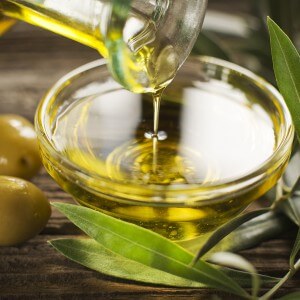
The benefits and harms of the oil depend on many factors:
- varieties of olives and places of their cultivation;
- the method of collecting them (manually or mechanically);
- what olives make oil (green or black);
- how to make butter (first or second spin, cold or hot);
- conditions and shelf life.
How to make olive oil
Olive oil is made from olives of varying degree of maturity. Most often – it is ripe olives, but some varieties of olives are grown for squeezing in an unripe form, for example, Israeli Barnea green oil.
The process of making olive oil consists of several successive stages:
- fruit sorting;
- cleansing them from leaves and stalks;
- washing in warm water;
- first pressing of oil;
- chopping pulp and pits;
- second spin of oil.
Most oil producers try to create a complete production cycle: from growing crops to making oil. It is worth noting that the production of products from olives is practically waste-free: biogas is made from olive oil cake, and briquetted environmentally friendly fuel is made from olive seeds.
Types of olive oil
Depending on the method of collection, extraction and thermal or chemical processing, olive oils are divided into several types.
Extra virgin (extra virgin)
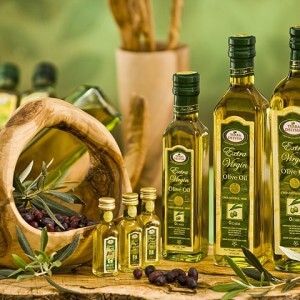
Virgin (virgin)
This oil is made in the same way as extra virgin oil, so the content of nutrients in it is preserved. The difference between virgin oil is a higher allowable acid content in it – up to 3,3%. Due to this acidity, virgin oil has a softer taste.
Refined olive
It is obtained by refining from an oil that has acidity in excess of 3,3%. The taste of refined oil is neutral, it also has no special aroma. This is a product that contains almost one fat and there are no nutrients for which olive oil is so famous.
Pure olive
Such a product is obtained by mixing virgin and refined oils to improve the taste and aroma of the latter. Accordingly, the beneficial properties of this oil are somewhere between virgin oil and refined product.
Light and extra light
In the process of manufacturing these oils, various technologies are used (separation, deodorization, bleaching, heat and chemical treatment), as a result of which a product is obtained with a “light” composition of fats, and with it, with a reduced content of all other substances.
Extra virgin and virgin oils contain many beneficial substances and are the most expensive, and refined and light oils are the cheapest.
In addition to cost and utility, the choice of olive oil is influenced by its purpose:
- unrefined oils are not suitable for frying because carcinogens are formed in them during heat treatment;
- refilled oil brands are not suitable for salad dressing, because they lack the expected olive flavor and aroma.
How to harvest olives
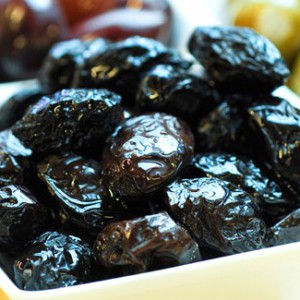
- dried;
- dried;
- salted (by the method of dry salting);
- marinate;
- canned.
How to remove bitterness from olives
Olives for preservation after harvesting are washed and immersed in barrels of brine for several months. Due to the fermentation of this pickle, olives lose their bitterness, become soft and sweetish. After that, the fruits are sorted out, remove the stalks and leaves, sorted by size.
Caliber Olives
On a jar of canned olives must be indicated their caliber. Their cost depends on it. To inform the consumer about the size of the olives in the bank use the legend – two numbers through a fraction. These numbers indicate the minimum and maximum number of olives of this caliber in 1 kg. Accordingly, the smaller the numbers indicated in the fraction, the larger the caliber of olives. There are four calibration categories:
- Giant, or royal – extra-large olives (70/90, 91/100, 101/110).
- Large (111 / 120, 121 / 140, 141 / 160).
- Medium (161 / 180, 181 / 200, 201 / 230, 231 / 260).
- Small (261 / 290, 291 / 320, 321 / 350, 351 / 380).
Thus, knowing how many grams are in a jar and a caliber of olives, you can find out how many fruits are in a jar.
How to pull the bones out of olives
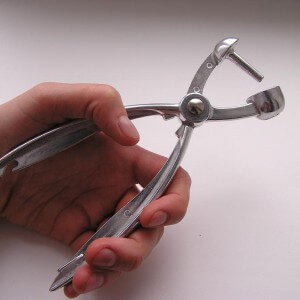
Green olives are often stuffed. As the filling can be used capers, gherkins, anchovies, lemon, pepper, garlic, onions and other various ingredients. This process is manual.
Useful Properties
Products from olives, due to the large amount of essential fatty acids, vitamins and minerals contained in them, have many beneficial effects on various organs and systems of the human body when ingested. The beneficial properties of olives and olive oil allow them to be included in the therapeutic diet menus, as well as in the daily diet for various pathologies of the internal organs. They can be eaten with or without a bone. It is difficult to answer which olives are more useful: with or without a bone, because they act on the body differently.
For the cardiovascular system
Olives are a leader among products that benefit the cardiovascular system. Polyunsaturated fatty acids, which are contained in large quantities in them, being absorbed into the human blood from the intestine, show their beneficial properties:
- anti-atherosclerotic effect (bind cholesterol in the blood, prevent the formation and reduce the existing atherosclerotic plaques);
- increase the elasticity of blood vessels (due to the restoration of the damaged vascular endothelium);
- reduce the permeability of blood vessels (due to the strengthening of connections between the cells of the vascular walls);
- reduce blood viscosity, thereby reducing the risk of pathological blood clots;
- contribute to lower blood pressure.

- atherosclerosis;
- cardiac ischemia;
- arrhythmias;
- arterial hypertension;
- neurocirculatory dystonias;
- varicose veins;
- thrombosis and thrombophlebitis;
- thrombophilia;
- post-infarction and post-stroke conditions;
- angiopathy.
The benefits of the fruit of olive trees and olive oil for the heart prove research scientists. After a massive clinical examination of European citizens, they found that Mediterranean residents suffer less from coronary heart disease and vascular atherosclerosis than residents inside the continent.
For the digestive system
What is the use of olives for the gastrointestinal tract? Polyunsaturated fatty acids and vitamins of olive products have a positive effect on the digestive system:
- stimulate the production of digestive juices and enzymes;
- heal defects on mucous membranes;
- restore liver cells;
- have a choleretic effect;
- prevent the formation of stones in the biliary tract;
- normalize peristalsis (translational motion) of the intestine;
- remove toxins from the intestines;
- restore intestinal microflora;
- help with hemorrhoids.
Olives affect the stool of a person, but it is unequivocal to say whether olives are attached or weak, it is difficult, because the effect of their use depends on the presence of bones in them.
Olive pulp, which contains a lot of fat, helps to accelerate the removal of intestinal contents. Therefore, with the daily intake of olives in food in small quantities, they have a laxative effect and prevent constipation.
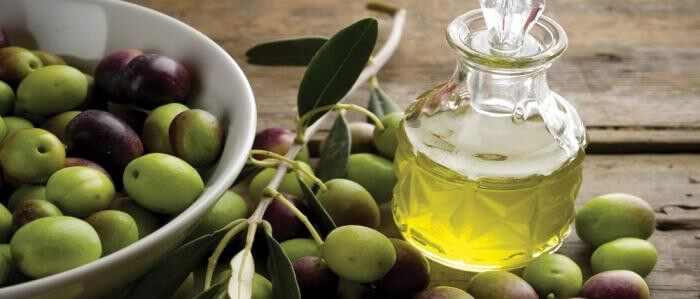
For the genitourinary system
Olive products can reduce the tendency to the formation of calculi in urolithiasis. Regular consumption of olive oil helps to get rid of kidney stones.
The inclusion of olive products in the daily diet is good for the health of the female reproductive system, since fatty acids are included in fat metabolism and contribute to the normalization of the synthesis of female sex hormones. For men, olives are useful for their ability to increase the potency and improve the quality of sperm.
With metabolic disorders
Olive products can be used for diabetes. They normalize blood glucose and cholesterol levels in type 2 diabetes, which prevents the development of diabetic macro- and microangiopathies.
Olive oil is useful for gout, as it promotes the dissolution of uric acid salts, which are deposited in the joints, and urate kidney stones.
With neurological diseases
Fatty acids and B vitamins contained in products from olives normalize the central nervous system, increase its efficiency, and improve memory. Scientists have proven that daily use of olive oil improves the condition of patients with multiple sclerosis and Alzheimer’s disease, restores the cognitive functions of the brain after strokes.
With inflammations

For the body losing weight
The beneficial properties of olives and products from them are successfully used in various diets. However, they should be included in the dietary menu dosed, because they have high energy value. For example, in the Ducan diet, it is allowed to alternate black and green olives, but not more than 4 pieces a day. Their use for weight loss is the complex effect of the substances contained in olives on the human body:
- binding of “bad” fats and cholesterol in the intestines and blood;
- saturation of the body with essential fatty acids;
- antianemic action;
- increase the elasticity of blood vessels and skin;
- improving the condition of the skin and its appendages (hair, nails);
- stool normalization;
- improving mood
Why do people want olives so thin? What is missing in their body? Olives are rich in sodium salts, so the desire to feast on them occurs when it is deficient. This desire is especially relevant for people on a diet. To satisfy the desire to enjoy olives, do not include them in your diet in canned, pickled and salted form. This culinary treatment makes olives very salty, and salt is known to hold fluid in the body. It is better to give preference to dried, dried olives or olive oil.
Against Cancer
According to medical statistics, women in Mediterranean countries suffer from breast cancer several times less often than European women living in another locality. The assumption that the reason for this is a large number of olives and olive oil in the diet, was confirmed in large-scale studies conducted in Spain from 2003 to 2009. The purpose of the research was to prove the anti-cancer effect of olive fats.
Spanish doctors examined about four thousand women who had different diets:
- The first group of women for a long time adhered to the Mediterranean diet with olive oil.
- The second is a Mediterranean diet with hazelnuts.
- The third is a low fat diet.
- The fourth group was the control and did not provide for a change in diet.

For pregnant women and nursing mothers
The mother’s body experiences an increased need for nutrients, vitamins and minerals, especially essential (irreplaceable) ones, in order to provide her baby with them in sufficient quantity. If there is a deficiency of such substances, they begin to “wash out” from the organs of a pregnant woman or a nursing mother, leading to disruption of their functioning. With a persisting deficiency of nutrients in the future, their deficiency also occurs in the child.
Substances of olives have a beneficial effect on the body of a woman during pregnancy and breastfeeding. Their benefit is undoubted both for the female body and for the harmonious development of the child. Olives, especially matured independently, are a source of iron, therefore they prevent the development of anemia in pregnant women. Healthy fats of olive oil improve the condition of the placenta and cervix before childbirth.
Regular consumption of olives (except canned) and olive oil helps pregnant women and nursing mothers, without prejudice to their own health, to provide the body of their crumbs with the substances it needs for growth and harmonious development.
For children
Olives are useful in childhood, but children need to be very careful in introducing them into the diet. At what age it is better to do this depends on the state of the child’s digestive system. Considering that in our country olives are sold in the form of canned food, you can start introducing these products into the menu for children older than 3.
Start better with ripe olives, which are sold in glass jars, but no more than 1 pcs per day. At the same time in the composition of the product should not be preservatives, especially iron gluconate. This preservative may cause allergies.
For animals
Olive fats for pets (dogs and cats) are also useful: they improve digestion, make the wool smooth and shiny. It is therefore not surprising why dogs and cats love food, flavored with olive oil.
But sometimes it happens that animals are “drawn” to eat olives from the owner’s table or to drink the brine in which they were. The owners have quite natural questions: “Are they harmful to animals? Is it okay to give them to a dog or a cat? ”
It is not known for certain why cats love olives. They probably instinctively feel the usefulness of this fruit. Fresh, dried or dried olives can be given to animals, but in a limited form. As for canned olives, it is not recommended to give them to pets, as they contain a lot of salt and preservatives.
Use of bones
Many lovers of olives are interested in, is it possible to eat pits of olives? What are olive pits useful for?
Olive stones dissolve in the stomach, enveloping its walls, which is useful for erosions and ulcers of the gastric mucosa. In order for their anti-ulcer effect to appear, it is enough to swallow 4-5 seeds on an empty stomach.
It is often difficult to swallow whole olive pits, and sometimes a dangerous process (some varieties of olives have large and sharp bones). In order not to harm health, for the treatment of gastric ulcers, it is better to grind the stones and eat them in powder form.
Olive bones are useful as absorbents after alcohol abuse. The stone is partially digested in the stomach, enveloping its mucous membrane, and the rest of it is dissolved in the intestine, absorbing toxic substances on itself.
For face and body

Cosmetics based on it are recommended for use every day, because they have practically no contraindications. But before applying them, especially for problematic skin, it is necessary to carry out skin allergy tests. To do this, a little money is applied to the bend of the elbow joint and in 30 minutes they look at the reaction of the skin in this place. An allergy test can be considered negative if there is no burning sensation, itching, redness or irritation at the site of application.
Restrictions and contraindications
Canned olives, like any other canned food, are saturated with salted marinade, so it is not recommended to eat them daily. This is especially true for oxidized black olives, which contain the preservative iron gluconate. One bank of oxidized black olives contains more than 20 mg of iron gluconate with its maximum daily dose for an adult 10 mg, so it can cause food poisoning. This preservative makes olives an allergenic product.
The use of canned olives is not recommended:
- children;
- pregnant women, especially in the early stages;
- women with HBV (breastfeeding);
- with gastritis with high acidity;
- with pancreatitis and cholecystitis in the acute phase;
- with gallstone disease;
- with kidney stones;
- with cystitis.
Contraindications to the use of canned olives are also individual intolerance and allergies.
How to use
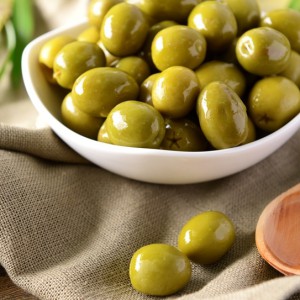
How much can you eat olives and what? In order for the olives to display their healing properties to the full, they must be consumed daily in dried, dried, pickled form in the amount of 5-7 pieces per day.
The fruit can be replaced with olive oil. It is preferable for adults to consume quality unrefined vegetable oil daily for medicinal purposes, preferably extra virgin or virgin, 1-3 tablespoons each. It should be remembered that 1 tablespoon of olive oil contains 200-220 kcal.
How to choose olive oil
Recently, Chinese entrepreneurs began to produce olive oil from fruits purchased in bulk from farmers who grow olives. Transportation of fresh olives adversely affects the quality of the oil from them, so it is better to refuse such a purchase.
In the current market, according to the University of California, about 80% of olive oil sold is a fake. Counterfeits often have bottles and labels similar to the original ones, so it is very easy to make a mistake. How to distinguish fake olive oil from the present?
To protect yourself when buying this valuable product, you must follow the simple rules:
- It is desirable to buy a product in specialized or branded stores, which is better than buying it on the Internet or on the market.
- It is better to prefer oil famous brands.
- Before buying, you need to study on the Internet (preferably on the manufacturer’s website), what is the difference between the original packaging and label, and what its estimated market value.
- Carefully inspect the packaging and label on the selected container with the product for their compliance with the original.
- The label should contain information in Russian about the manufacturer, type and method of oil extraction, storage conditions, capacity, expiration date.
- The price of the original product should not differ significantly from the average market price.
- You can not buy expired olive oil. It will not only be bitter, but can also cause food poisoning.
Coming home, you should put a container with oil in the refrigerator. At low temperatures, natural olive oil becomes cloudy and flakes appear in it. At room temperature, the oil becomes clear again, and the flakes dissolve.
How to choose olives
It is best to buy olives in the regions where they are grown. It is there that you can buy the most delicious and healthy fruits that are difficult to find from us.

- where and how trees grow;
- how to harvest;
- caliber;
- method of harvesting (salted, pickled, canned);
- the presence of pits (with pits or pits);
- whole fruits (whole or sliced);
- kind of stuffing.
To the olives purchased were tasty and healthy, you need to be able to choose them. Today, it is possible to purchase these fruits by weight (in barrels or plastic containers) and in individual packaging (in cans or in vacuum packaging). Which is more useful?
Bulk Purchase
When buying olives by weight, you need to pay attention to:
- Capacity with olives. The container must be plastic and have a cover. If olives are sold from an open tin container, such a purchase should be abandoned. At the opening, tin containers oxidize rapidly and release toxic substances into the product.
- Label. The label must be available to the buyer, so that he can get acquainted with the information of the manufacturer and specify the date of manufacture and shelf life of the product.
- Storage temperature and conditions. Storing pickled olives without brine is not allowed. The fruit should be completely covered with it. The storage temperature of an open container with pickled olives in brine should not exceed + 6 ° C.
- Brine color. The brine should not be cloudy or dark; it is desirable that the brine is covered with a layer of olive oil on top to prevent spoilage.
- View olives. Crumpled, chapped and shriveled fruits among the fresh should not fall. If any, this indicates that the seller has mixed the unsold product residue to the fresh one.
- Fruit taste. Try one drupe. Its flesh should be soft and well separated from the stone. Foreign smell and taste should not be felt.
- Pay attention to how and how to get the fruit from the brine and what tools for this use. On the purity of these devices depends on the safety of the product released.
But, no matter how attentive and careful the buyer is, he is not immune from unscrupulous sellers. To avoid deception and counterfeiting, you need to purchase individually wrapped olives.
Purchase of individual packaging
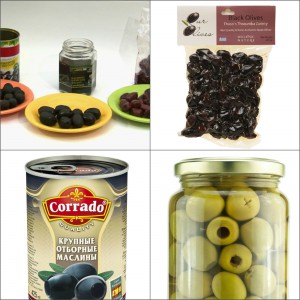
The label must indicate how much the product weighs loose (net weight). Be sure to pay attention to the shelf life of olives. Expired fruits can cause food poisoning or intoxication with heavy metal salts.
How to store the product
Canned olives are stored in sealed containers 3 of the year. After opening the factory packaging, the shelf life decreases many times. How much open canned food is stored with olives depends on the material from which the container is made.
It is strictly forbidden to store olives in an open can. The inner surface of this container is not designed for contact with air, therefore it quickly oxidizes. Toxic oxidation products pass into brine, and from it – into olives. The use of such olives is fraught with severe food poisoning and intoxication. How to store opened olives from a tin can so that they do not cause poisoning? Immediately after opening a tin can with olives, the product must be transferred to a glass or ceramic container.
How to store open olives? In a glass or polymer container, open canned olives in brine can be stored for up to 3 days.
It happens that after opening canned food with olives, the brine was drained, and the whole product was not used. How to keep the remaining olives without brine? Can I freeze them? It is impossible to store olives without brine: the product is quickly weathering, it loses moisture, it is wrinkled. It is also not necessary to freeze olives without brine or with it. Frozen olives after defrosting are very soft and tasteless.
Use in cooking
Whole stone olives or stuffed olives are used as a separate snack. Sliced olives and pitted olives are used to decorate dishes, added to salads, soups, casseroles, stews. They are mashed and mashed olive paste. Due to its spicy taste, olives give spicy notes to drinks.
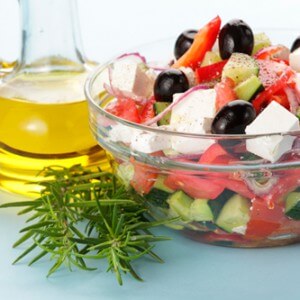
Do olives eat raw
Raw olives have a bitter taste and are therefore not commonly consumed raw. Everywhere, except for their homeland – Greece. For example, in one of the central Greek regions of Magnesia, ripe olives are eaten without any pretreatment. This is a special local variety of large dark cherry-colored olives with an easily peeled skin and a juicy buttery soft pulp. These olives have a tart, bittersweet taste with a pungent aftertaste.
But such eating olives is an exception to the rule. More often, olives are used in cooking in processed form. For culinary use, they are dried, dried, salted, pickled, preserved.
What is the combination of olives
The peculiar taste of the fruit of the olive tree goes well with:
- spicy herbs;
- lemon;
- pickled garlic and onions;
- vegetables (cucumbers, tomatoes, peppers);
- greens;
- nuts;
- pickled cheeses;
- fish;
- seafood;
- lean meats;
- alcoholic beverages (wines, liquors).
Black olives are more suitable for meat dishes, and green olives are more suitable for fish and seafood.
What do olives eat
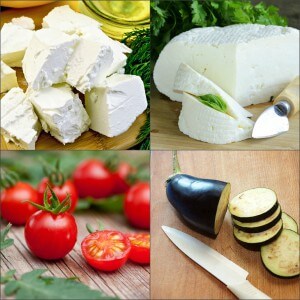
But, as the saying goes: “There is no comrade for the taste and color!”. Where to add, with what and how to eat olives, everyone is free to choose at their discretion. The main thing is that it is tasty!
In Mediterranean countries, flavored olive oil is used as a salad dressing. How to make homemade flavored olive oil? To do this, for 15-20 days, light or refined olive oil is pressed onto:
- spices (cinnamon, cardamom, coriander, cloves, star anise);
- spicy herbs (thyme, basil, marjoram, rosemary, oregano);
- zest and fruits of citrus fruits;
- vegetables (garlic, celery, horseradish, paprika);
- dried berries.
In recent years, in the Mediterranean European countries, it has become fashionable to decorate the table with olives, which paint with natural food dyes in red, orange, emerald green.
Useful Tips
Sometimes it happens that for cooking the dish needs olives without stones, but in the refrigerator there are only fruits with stones. To get the bones from the olives at home, you can use a machine for removing bones from the cherry.
There is one more secret how to clear olives from the stone: with a wide blade of the knife they slightly press the olive against the working surface. If the olive is ripe, then the bone in it will begin to move. After that, it can be easily removed with tweezers.
To extend the shelf life of open canned olives, you need to drain the brine and pour the rest of the product with olive oil. It is possible to store such canned food up to 2 months.
Interesting about olives
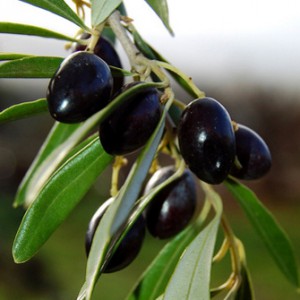
Greece is considered the birthplace of the olive tree. In ancient Greek mythology, there is a myth about the appearance of the olive tree. According to this myth, once between the goddess of wisdom, crafts and knowledge, Athena had a dispute between Athena Pallada and the lord of the seas and oceans. Competing with each other, Poseidon presented a source of sea water to the people of this region, and Athena, having thrust a spear into the ground, presented an olive tree as a gift. The judges recognized Athena as the winner of the dispute, as they found her gift more useful, and gave her this land under the protection of her. The people of Attica, in gratitude for such a generous gift, named the city of Athens in her honor.
Olympians of ancient Greece were awarded a wreath woven from olive branches in the event of their victory at the Games. His image can be found on ancient Greek vases and amphoras, whence the culture of worship of this plant has passed to Ancient Rome. There also appeared the first descriptions and characteristics of olive trees and their fruits in the literature.
But not only the Greeks and Romans revered olive trees. There is also a mention of this tree in the Bible: during the World Flood, that there was a land near, Noah was notified by a dove that brought him an olive branch. And the Virgin Mary was informed that she would give birth to the Savior of the human race, an angel who brought her a sprig of olive.
In the Middle East, the olive tree was considered a symbol of love and passion, where there is a legend about the emergence of the olive tree. Once Princess Olive fell in love with a shepherd named Olivo, but her love was not mutual. Then Olive got angry and killed the shepherd on a dark night. A tree with narrow leaves and small tart fruits grew at the place of his death. In honor of the shepherd, this tree was named olive, and the fruits ripening on it – olives or olives.
The olive tree in Muslim countries is considered the Tree of Life and the symbol of the Prophet.
The olive branch today is a symbol of peace and is present on the arms of many countries: Italy, Cyprus, Serbia, Portugal, France, Zaire. White olive branch depicted on the logo of the United Nations (UN).
These interesting facts show the importance and esteem of this plant in many countries around the world.
Conclusion
For centuries, olives and olive oil have been the basis of the economy of many states. Today they have not lost their popularity. They are valued not only for their taste, but also for their usefulness, low calorie content and a large amount of healthy fats, fiber and iron. Knowing the benefits of olives, it becomes clear why I want to eat them.
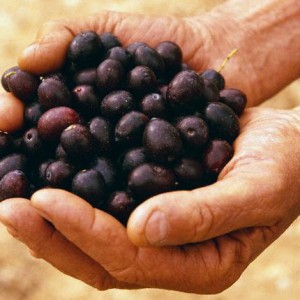
The beneficial properties of olives and the oils from them are successfully used in clinical nutrition for diabetes, gout, cardiovascular diseases, diseases of the gastrointestinal tract, urolithiasis, and sexual disorders. Even the stone of fruits of an olive tree is useful.
Despite all the beneficial properties, olives have several limitations when used. So that these fruits do not bring harm to health, it is necessary to know in what quantity and how to eat olives for a particular ailment. Before taking them as a prophylactic or therapeutic agent, you should consult with your doctor.

